
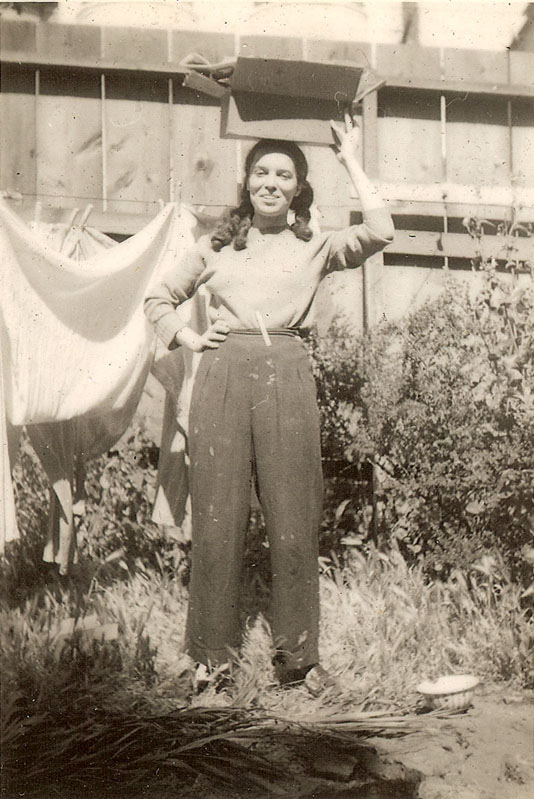
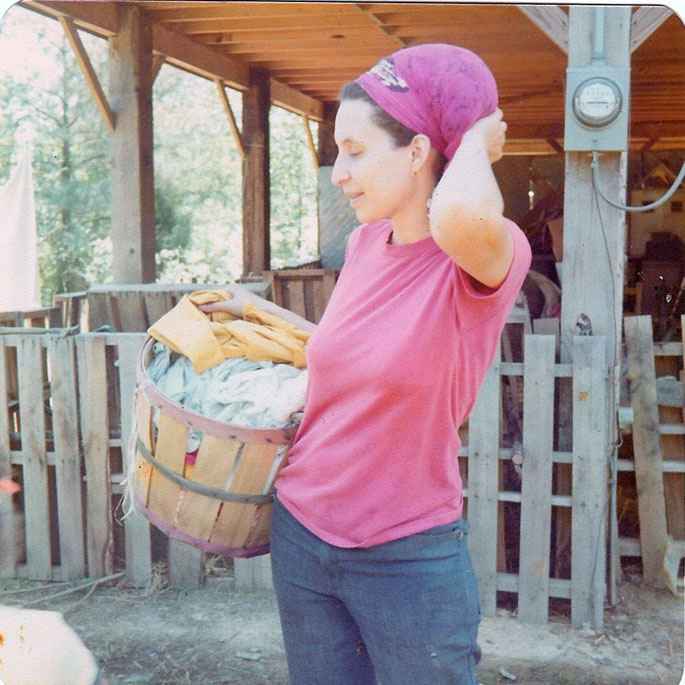
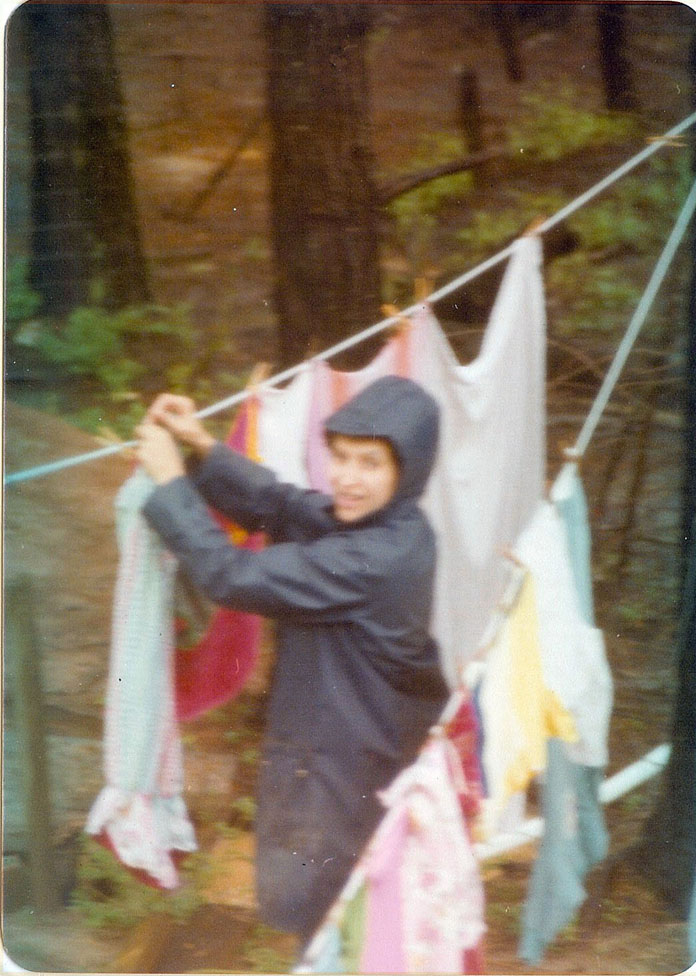
Two other posts about my parent’s time in San Francisco
My Parent’s Time In San Francisco
Newspaper Clipping of My Parent’s Arrival in San Francisco
A post about my life on St. John’s Road, Mississippi
R is for Toute 1 Box 173 & 1/2
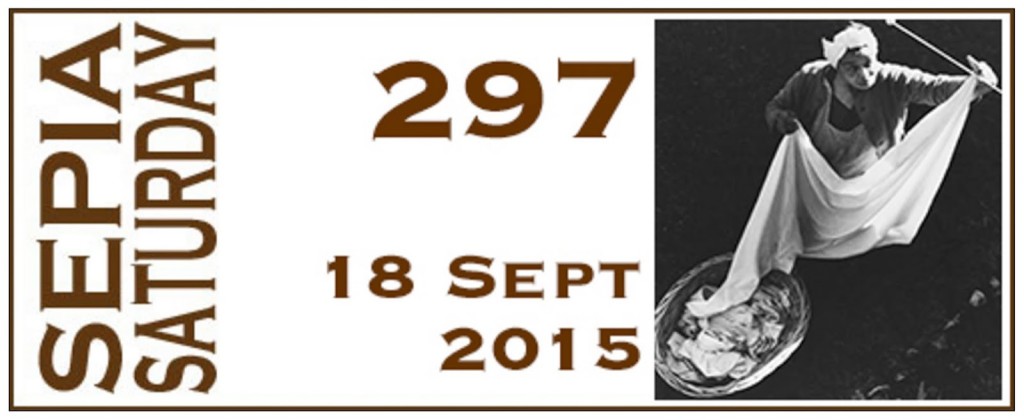




Two other posts about my parent’s time in San Francisco
My Parent’s Time In San Francisco
Newspaper Clipping of My Parent’s Arrival in San Francisco
A post about my life on St. John’s Road, Mississippi
R is for Toute 1 Box 173 & 1/2

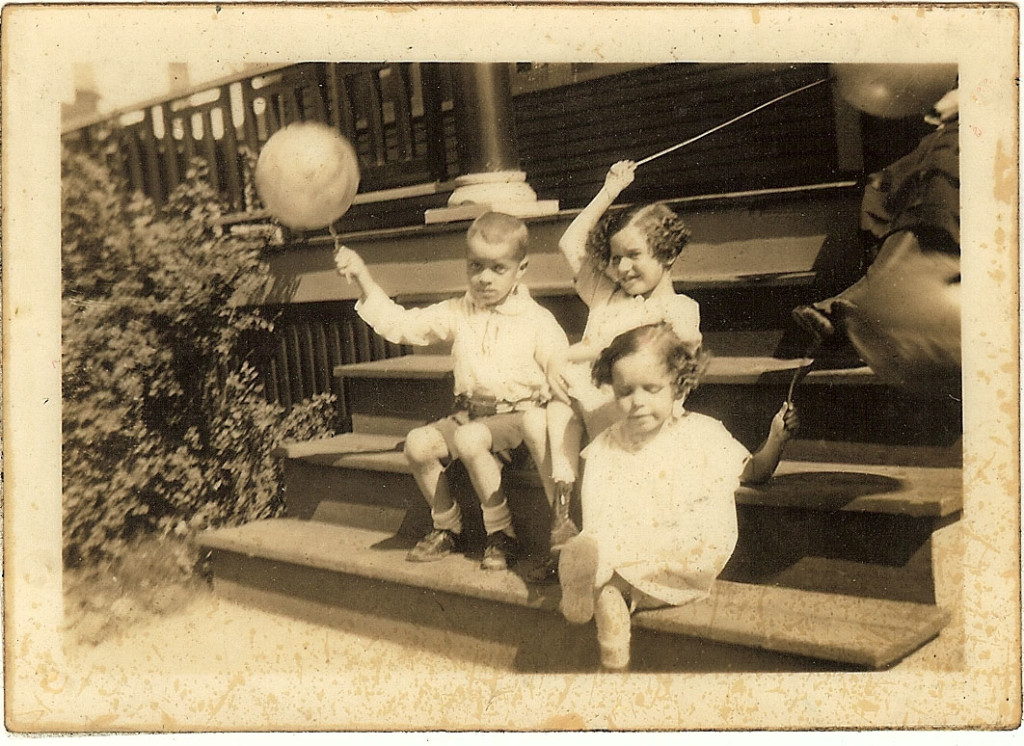
Mershell Graham was born June 10, 1921 in Detroit Michigan. He died on November 2, 1927, at St. Jopseph Hospital, also in Detroit, from traumatic cerebral hemorrhage resulting from a fracture at the base of the skull during an automobile accident. Mershell was described as a single, colored male, a school boy age 6 years 4 months and 23 days old. He lived at 6638 Theodore Street with his family. He was buried in Detroit Memorial Park Cemetery on November 4, 1927. Both of his parents, Fanny Turner Graham and Mershell C. Graham were born in Montgomery Alabama. His father, my grandfather, Mershell Cunningham Graham, was the informant.
You can read more personal memories and descriptions of my Uncle Mershell’s death at these links links – Births, Deaths, Doctors and Detroit Part 1; 1940 Census – the Grahams – Supplemental Material; Go Bury thy sorrow – complete words and tune. Mershell Cunningham Graham

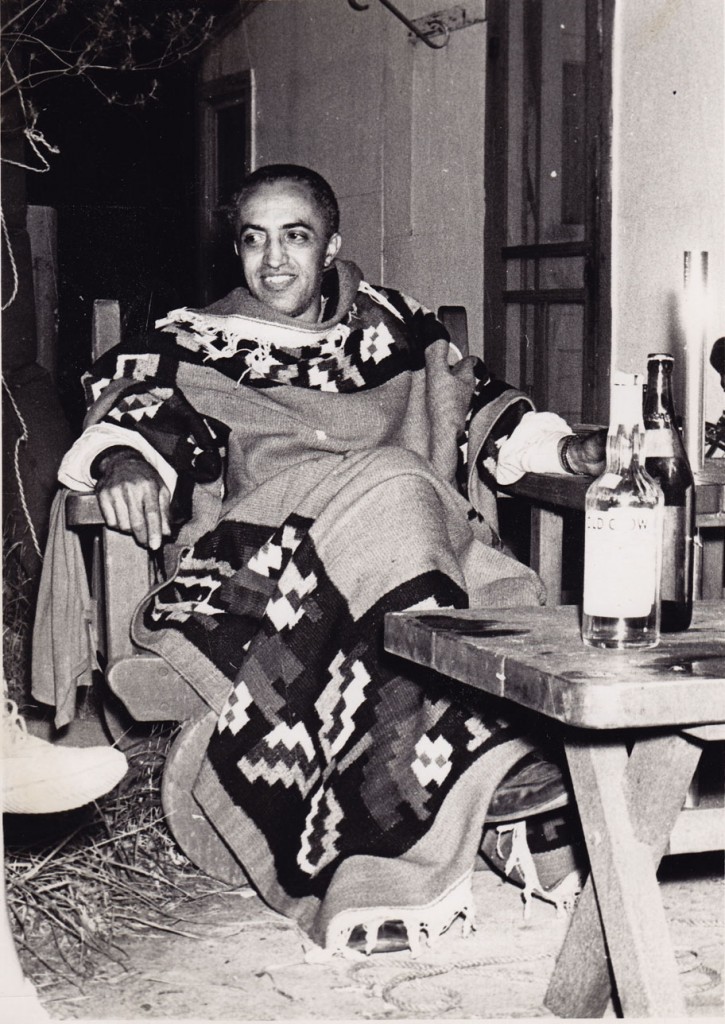
I’ve written other posts about Idlewild which you can see here: Building Uncle Louis’ Cottage, On Lake Idlewild, Idlewild 1953 – Sentimental Sunday


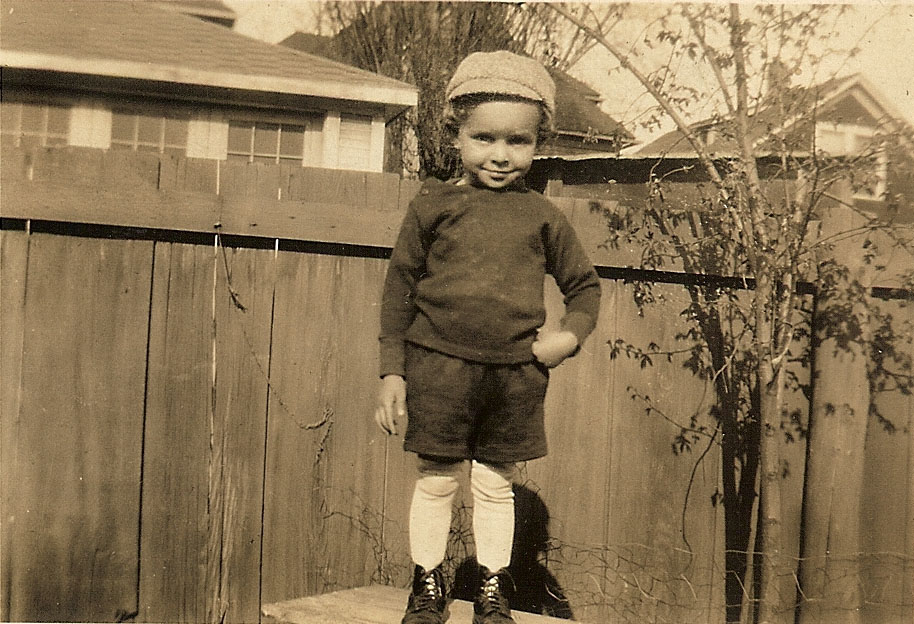
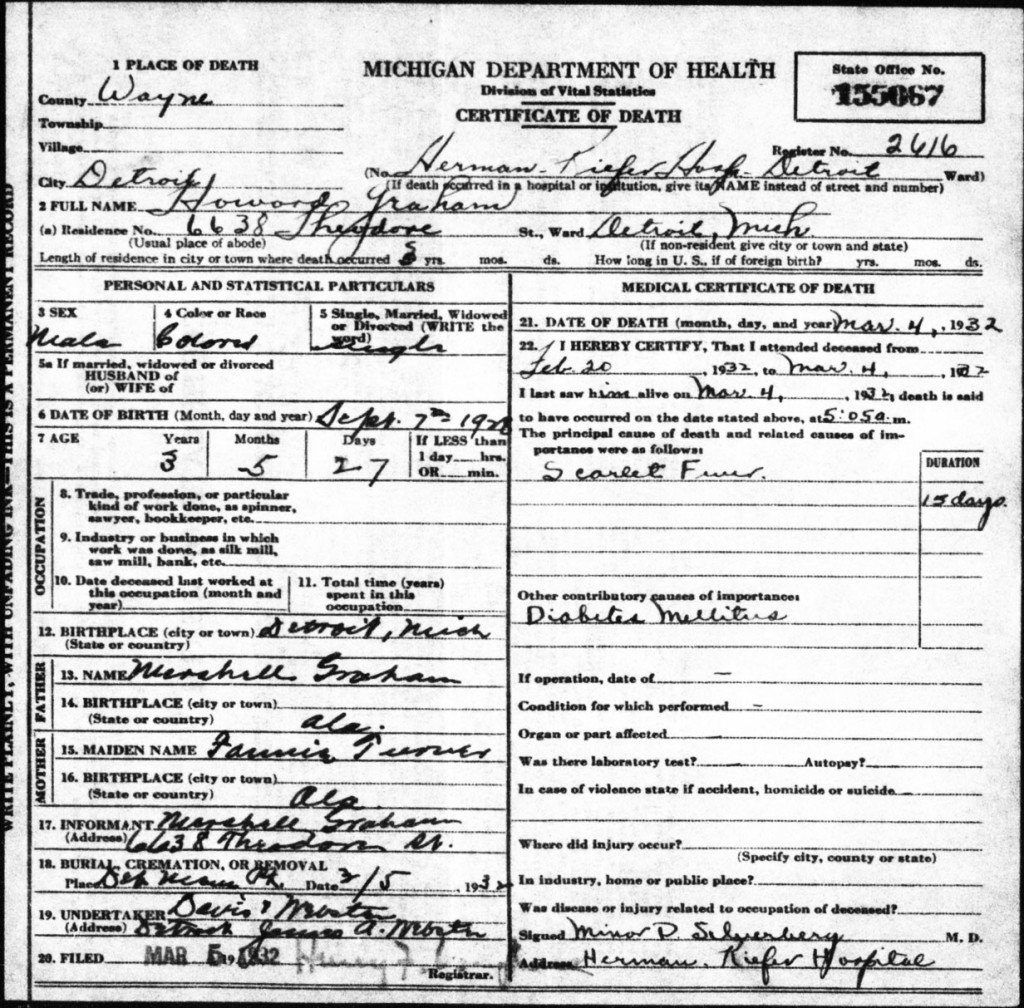
Howard Alexander Turner was my mother’s youngest brother. He was named after my grandmother’s father, Howard Turner. Howard was born September 7, 1928, in the year following his older brother, Mershell’s death by trauma after being run over by a truck on the way back to school. My grandparents felt that Howard had been sent to fill the space left by Mershell. Unfortunately he died of Scarlet Fever, exacerbated by Diabetes in 1932.
Howard died at Herman Kiefer Hospital in Detroit. He had been ill for fifteen days before his death. He is described as a single, colored male age 3 years, 5 months and 27 days old. His mother’s maiden name was Fannie Turner and his father was Mershell Graham. Both were born in Alabama. He was born in Detroit, Michigan and lived at 6638 Theodore St. in Detroit. He died at 5:05 AM on March 4, 1932. His father was the informant.
I wrote more about Howard in these, much more personal posts with copies of his mother’s thoughts and memories:

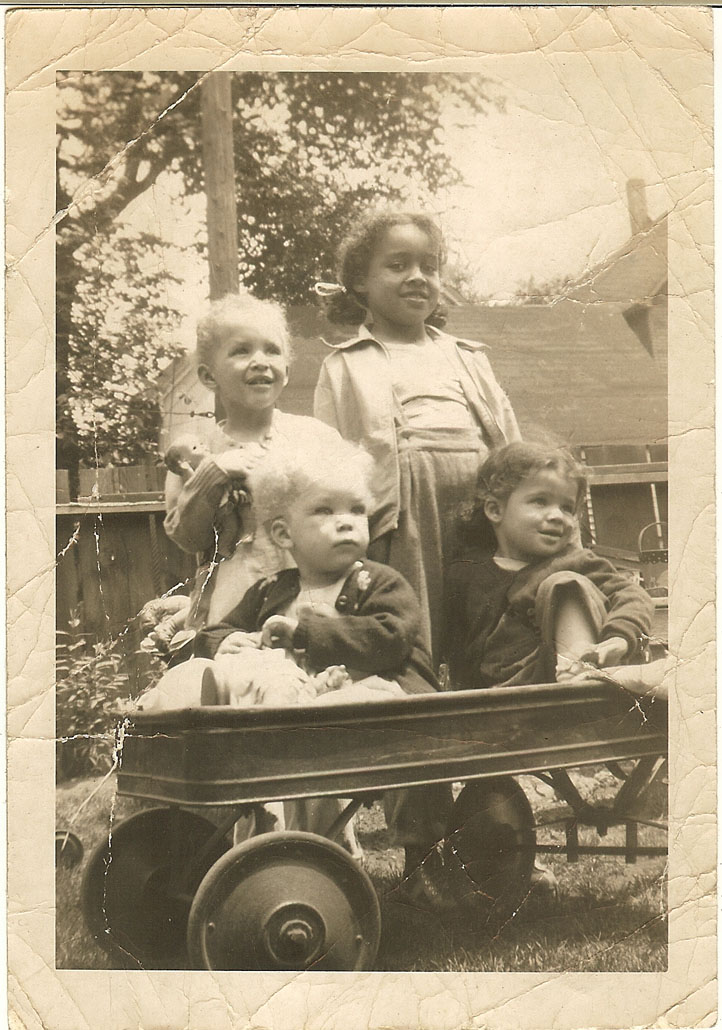
This photograph was taken in 1950, the year before this other wagon photograph 3 in a wagon. This time Dee Dee the photographer appears with us. My sister Pearl and I had just moved to Detroit from Springfield, MA. We spent most Saturdays at our maternal grandparent’s house with our cousins Dee Dee and Barbara.
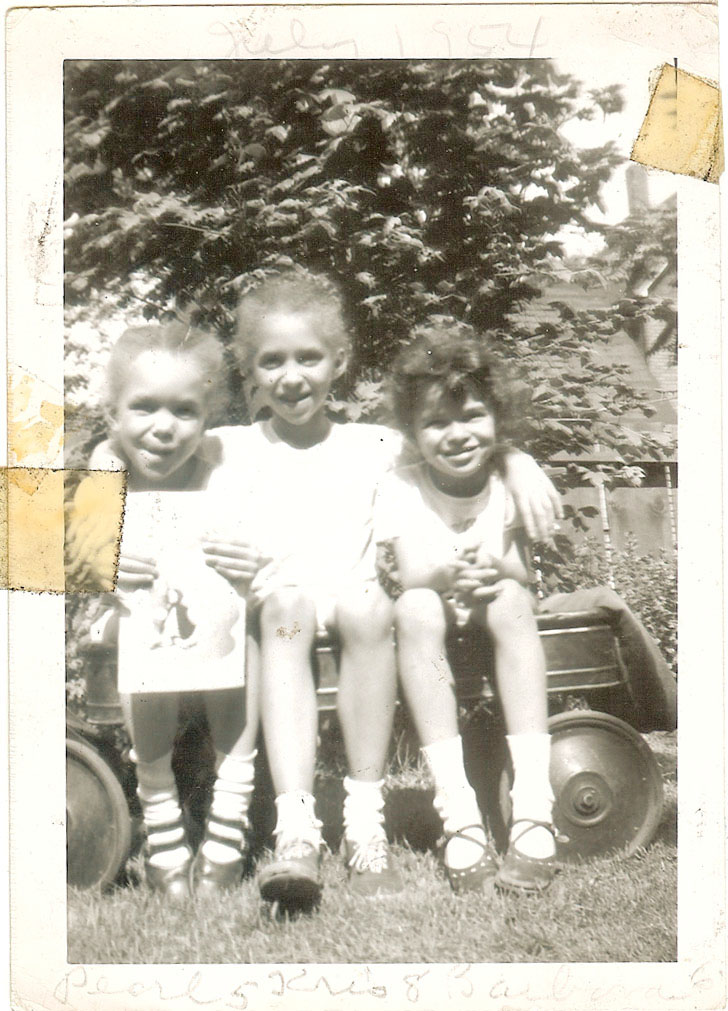
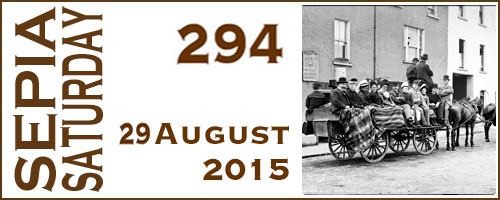

My mother said that after a difficult birth, her sister Mary V.’s foot was turned inward.She did not know if this was the fault of the doctor or not, but Mary V. wore a brace for years.
Mary V’s grandson, Ahmad Elkins, posted the pictres below on fb recently. They are his grandmother’s well worn baby shoes, saved through the years. Amhad shared his photographs with me and gave me permission to post them here.
Two other posts about Mary Virginia Graham Elkins are:
Mary Virginia Graham Colorized
Old County Building and Mary V. Elkins


Inspired by a Facebook post by my cousin Nikki, I went through my collection of The Illustrated News and found the first mention of the Freedom Now Party (FNP). In the days to come, I will be posting a series of The Illustrated News issues that mention the FNP. There is a lot of reading there but I hope some will wade through it. This is the September 2, 1963 issue. The story about the FNP is on page 2. Other posts about the FNP are The Freedom Now Party Convention 1964 and Interview with Henry Cleage. Click any image to enlarge.
The Illustrated News was published during the early 1960s by my father’s family and family friends. Two of his brothers, Henry and Hugh, started a printing business because the family was always looking for ways to be economically independent. The main business was printing handbills for small grocery stores. They started several newspapers. First they did The Metro but the one I remember best is The Illustrated News. It was printed on pink paper (that was what was left over after printing the handbills) and distributed to churches and barber shops around the inner city. Some people had subscriptions. My father wrote many of the lead articles. My Uncle Louis wrote Smoke Rings, which was always on the back page. Billy Smith took most of the photographs.
I have been writing this post for way too long, getting lost in research and real life. A Sepia Saturday prompt a week ago featured a posh hotel and made me start to work again. This post does not feature a hotel, rather the lack of one because black motorists back in the 1930s were not welcome in white hotels as they traveled. In 1936 The Negro Motorist Green Book began publishing and shared information about lodging places that Negro motorists could be sure of a welcome. Before that people stayed with friends or friends of friends or kept driving. Click on all images to enlarge.
I had been unable to find my great grandmother, Anna Celia Rice Cleage Sherman’s death date or death certificate before finding the above item. After jumping up and down shouting my joy at finding the date, I began to wonder who the Cobbs where that my grandfather and his brothers stayed with. I came across several other items from different years, with various family members stopping with the Cobbs in Richmond, KY on their way to or from Athens, TN. How did my family know the Cobbs and who were they?
John Wesley Cobb was born in 1882 in Richmond, Kentucky to Squire and Malinda (McCallahan) Cobb. His parents were born in slavery in the 1846 and 1859. By 1889 Squire Cobb was an important member of Richmond’s black community. He was a barber with his own shop, a member of the Knights of Pythias, and St. Paul’s African Methodist Episcopal church. Malinda Cobb birthed 9 children. Six lived to adulthood. Both parents were literate and the children attended school. John and one of his brothers were tailors. His sister Susie was a teacher before her marriage. His oldest sister, Lena, married a barber. Malinda Cobb died in 1916. Squire Cobb died at about 89 years of age in 1935.
John Wesley Cobb married Bessie Pollard about 1803. They had one daughter , Leona Cobb, in 1904. They later divorced and both remarried. John second wife was Lillian Titus, who taught school when they were first married. They had no children.
JW Cobb started as a tailor for the R.C.H. Covington Company, a department store in downtown Richmond. He sewed on clothes like the one pictured in the advertisement below. Later Cobb, was able to open his own tailor shop and he continued to work on his own account through out the following years.
John W and his wife Lillian owned their own home at 311 First Street. John Wesley was an active member of St. Paul A.M.E. Church. In several news items, he is listed as Rev. JW Cobb, assisting the Pastor at funerals. I suspected that the paper had the wrong name but I just found him in the death index on FamilySearch and his title is given as Rev. In 1935, the Cobbs presented gold footballs to the football team at an awards banquet. I wish there had been a picture or a description as I don’t know if they were little pins or full size footballs!
He and his wife appeared regularly in the news/society items in the Richmond Colored Notes. He served as secretary for the group that sponsored the Madison County Colored Chautauqua.
On December 16, 1946 Lillian Cobb died from breast cancer that had spread to her spine. Her husband was the informant. On the 28th of February 1958, John Wesley Cobb died. I have not yet found his death certificate, and I do not know what he died from.
For several years Lillian Titus Cobb, before her marriage, lived in Indianapolis, Indiana with her sister Susie Titus White while Susie’s husband, Rev. D. F. White was the pastor of Witherspoon United Presbyterian Church. My grandparents, Albert B. Cleage and Pearl Reed (later Cleage), were members.

Links that might interest you.
The Kentucky Colored Chautauqua 1916
Madison County Colored Chautauqua 1915
On the way to bury their mother
Celia’s Death Certificate

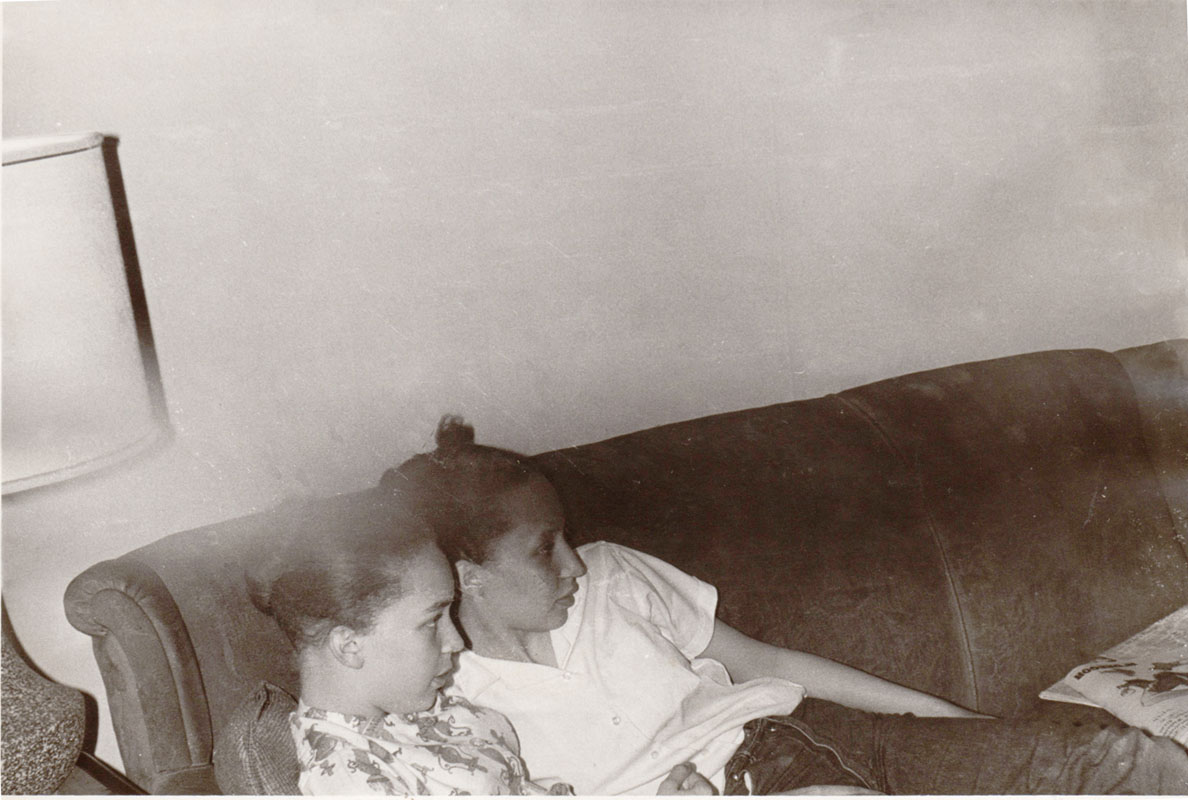
Both of these are from the house at 5397 Oregon, Detroit. I have no idea what Pearl and I are watching but it seems to have our interest. I did the drawing below in my sketch book for one of my drawing classes a few years later. You can see several other photographs of my mother and sister and me watching (or not watching) tv in the header above.

When I left home, I didn’t have a television until 1973 when my sister gave us a small TV so we could watch a program that she produced. We continued using that television until it was stolen in 1978 when I was at a prenatal visit. It was so wonderful not having a TV that it wasn’t until the 1990s that we got another one. That one was built so that we could watch videos, which is what we did for a long while. I think it was several more years before we actually started using the television part of it.
Right now we do not have a working television. We do have a large computer screen that is hooked up to Roku and my computer and we can watch movies and videos that way now. We even catch a few television shows sometimes.

A copy of the Illustrated News, published by Henry Cleage, other family members and friends from 1961 to 1964. It came out several weeks after the massive Detroit Walk to Freedom down Woodward Avenue on June 23, 1963. Click the link above to read an Illustrated News issue covering the march.
The inside pages are reprinted from The National Observer and Business Week June 29, 1963. The cover photo was taken by William “Billy” Smith. The “Smoke Rings” on page 8 were written by my uncle, Dr. Louis J. Cleage. Click on any image to enlarge.
